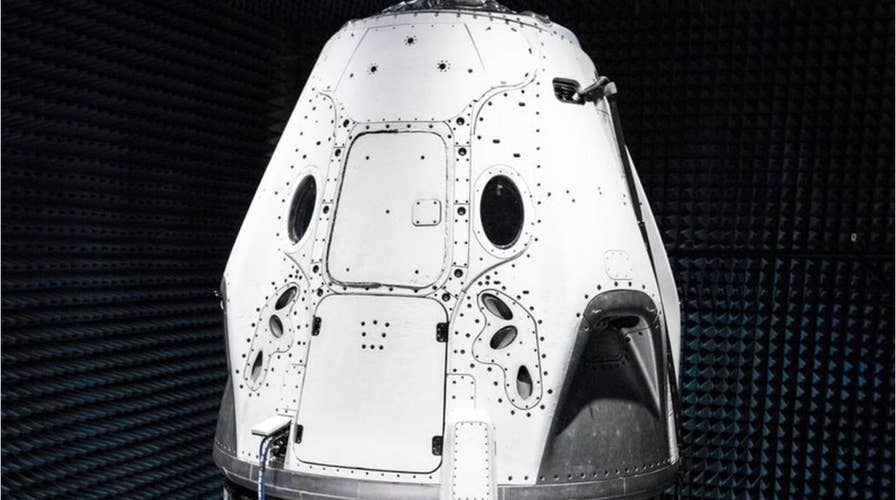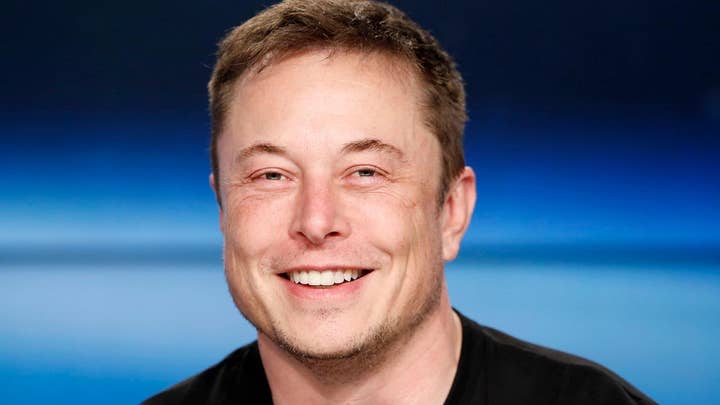Elon Musk unveils new SpaceX Dragon
Elonk Musk shared a photograph of its next generation SpaceX Dragon capsule.
As one of the engineers who helped build and launch America’s first spacecraft, I’ve seen first-hand the evolution of getting into space.
Today, massive rockets like Elon Musk’s Falcon Heavy nail precise landings to recover their own booster rockets. That’s astounding. Because of Musk and the space ambitions of several other billionaires, everything from asteroid mining to space medicine to space tourism is now being developed. A new “Gold Rush” into space has begun 60 years after America first entered the “Space Race”.
I joined the effort to reach space in 1959 when, right out of college, I was hired by McDonald Aircraft. Contracted by NASA to develop the means to get into space we didn’t have a working rocket and we didn’t have any idea how, or if, we could keep an astronaut alive.
In fact, NASA’s own medical experts expressed grave doubts whether human beings could even survive weightlessness. Some feared that zero-g would cause human intestines to explode. That’s how little we all knew.
In those days most of us worked at least 18 hour days, seven days a week. We all felt we were on the front line of a desperate race with the Soviet Union. The original seven astronauts were considered mythic heroes willing to risk almost certain death to get America into space and later, to the Moon.
But to put this Herculean project into perspective, remember that when JFK promised the nation that we would go to the Moon within 10 years we had less than 15 minutes of manned space flight experience. Fifteen minutes.
With nothing to go by, we tried one thing after another to develop spacecraft systems that functioned in orbit. Design and fabrication of new parts and systems was happening at various places across the country. These were shipped to Florida and elsewhere where we would see if they actually worked. Many didn’t.
Once, I was in the blockhouse when an unmanned Redstone rocket ignited, rose a few inches and came back down on the launch pad. With the umbilical cable already detached there was no way to remove the explosive fuel mixture from the Redstone which could have exploded at any moment. We ran for our lives, six people at a time to a vehicle outside. One man, Walter Burk, a McDonald aircraft vice-president, courageously drove a cherry picker up to the pad and re-energized the spacecraft fuel control circuits before the rocket exploded. That’s the kind of crazy determination I routinely witnessed in the early years.
What we achieved way back then was nothing short of a miracle of human effort with more than a bit of luck. I don’t believe we could get to the Moon in 30 years, much less 10, with the contracting measures that NASA now employs. However, the recent arrival of private sector companies who are aiming for space has accelerated everything again.
I now work, for example, with a scrappy little orbital launch company based in St. Louis, and I know of many other start-ups who remind me both of the people I worked with in the beginning of space travel and of Steve Jobs who invented a new industry in his Palo Alto garage. This is the genius of American innovation that once revolutionized world trade with the invention of fast-sailing “Yankee Clippers."
These big and small companies are now innovating at a speed not seen since our race to the Moon. They, too, think “outside the box” and are developing systems and spacecraft that will open up the wealth of asteroids, create human settlements on the Moon and, in the case of the company I now work with, reduce the cost of orbital launches so dramatically that even small businesses will be able to join the new Gold Rush.


